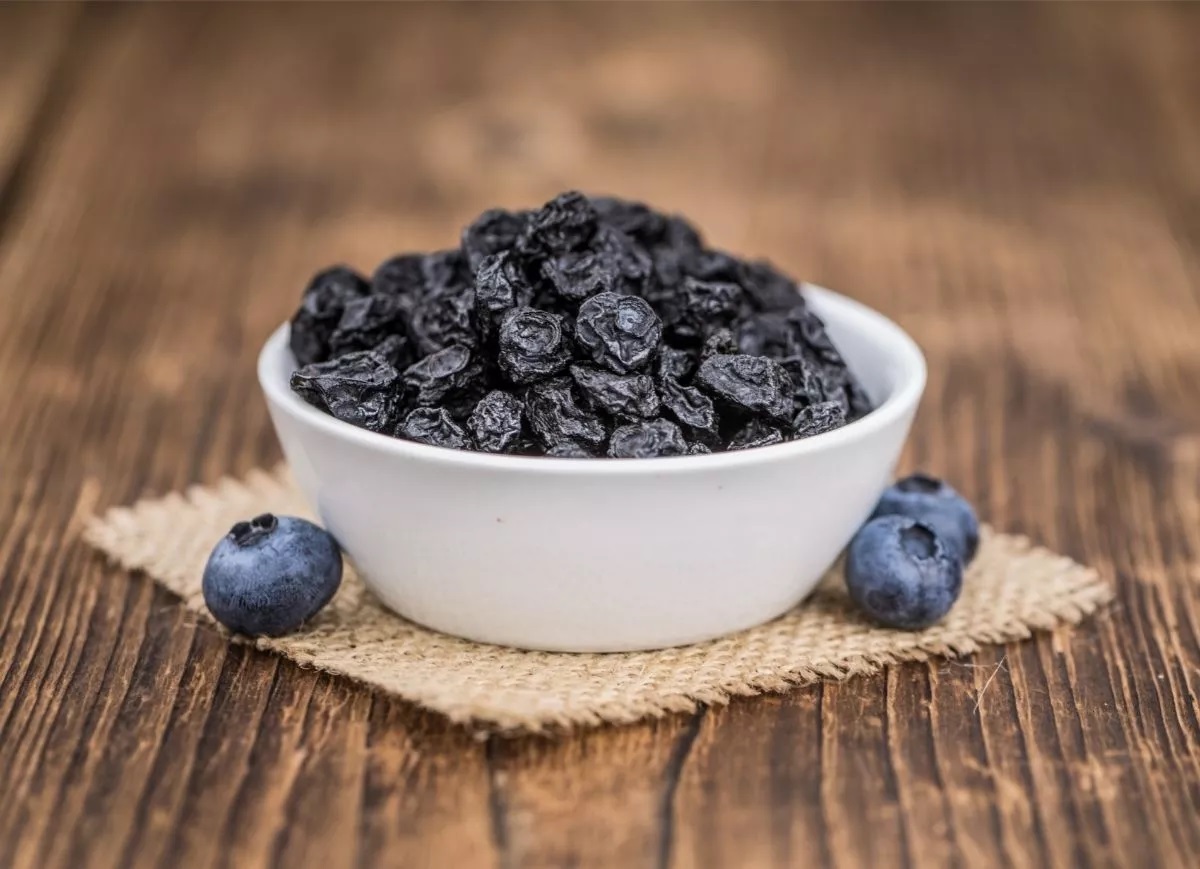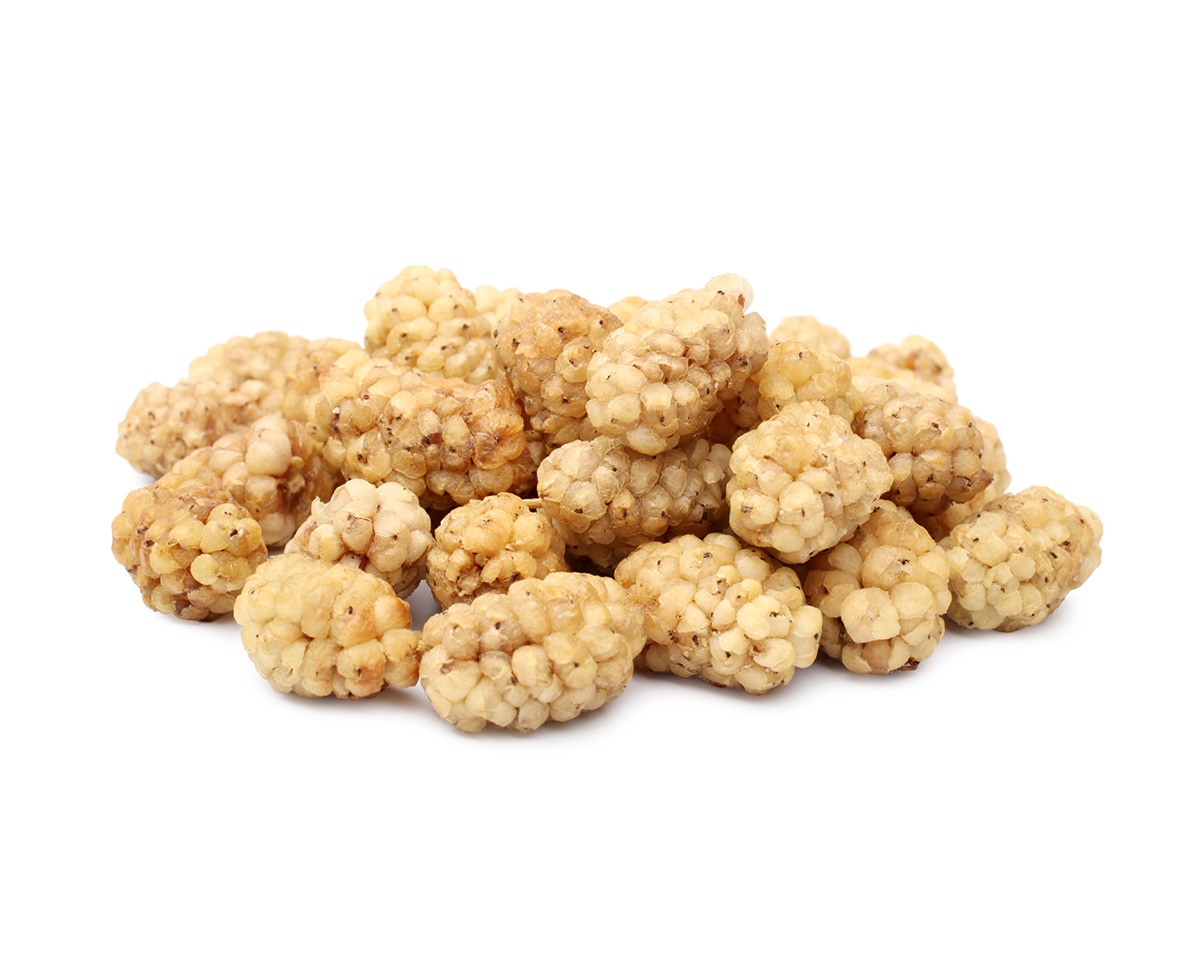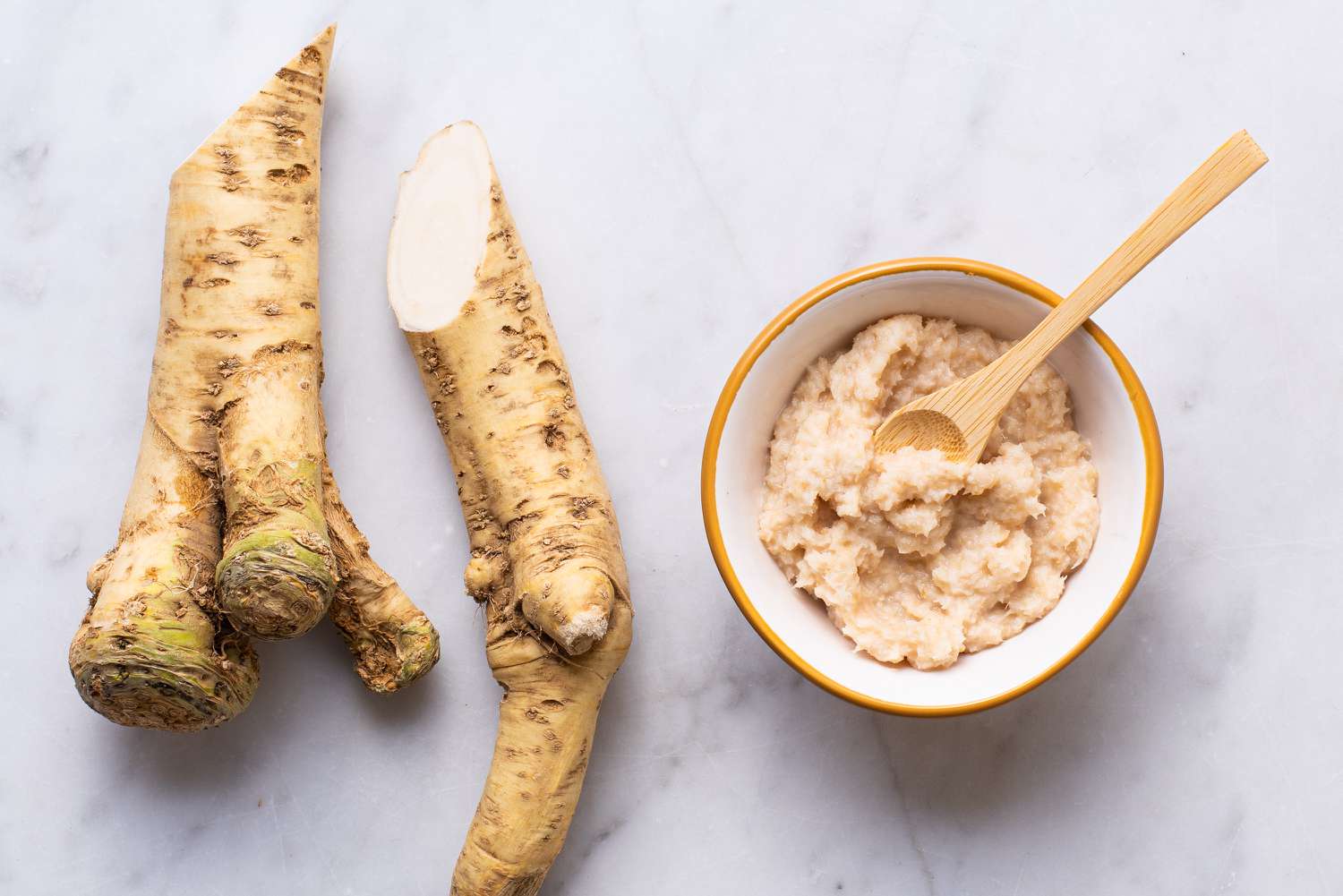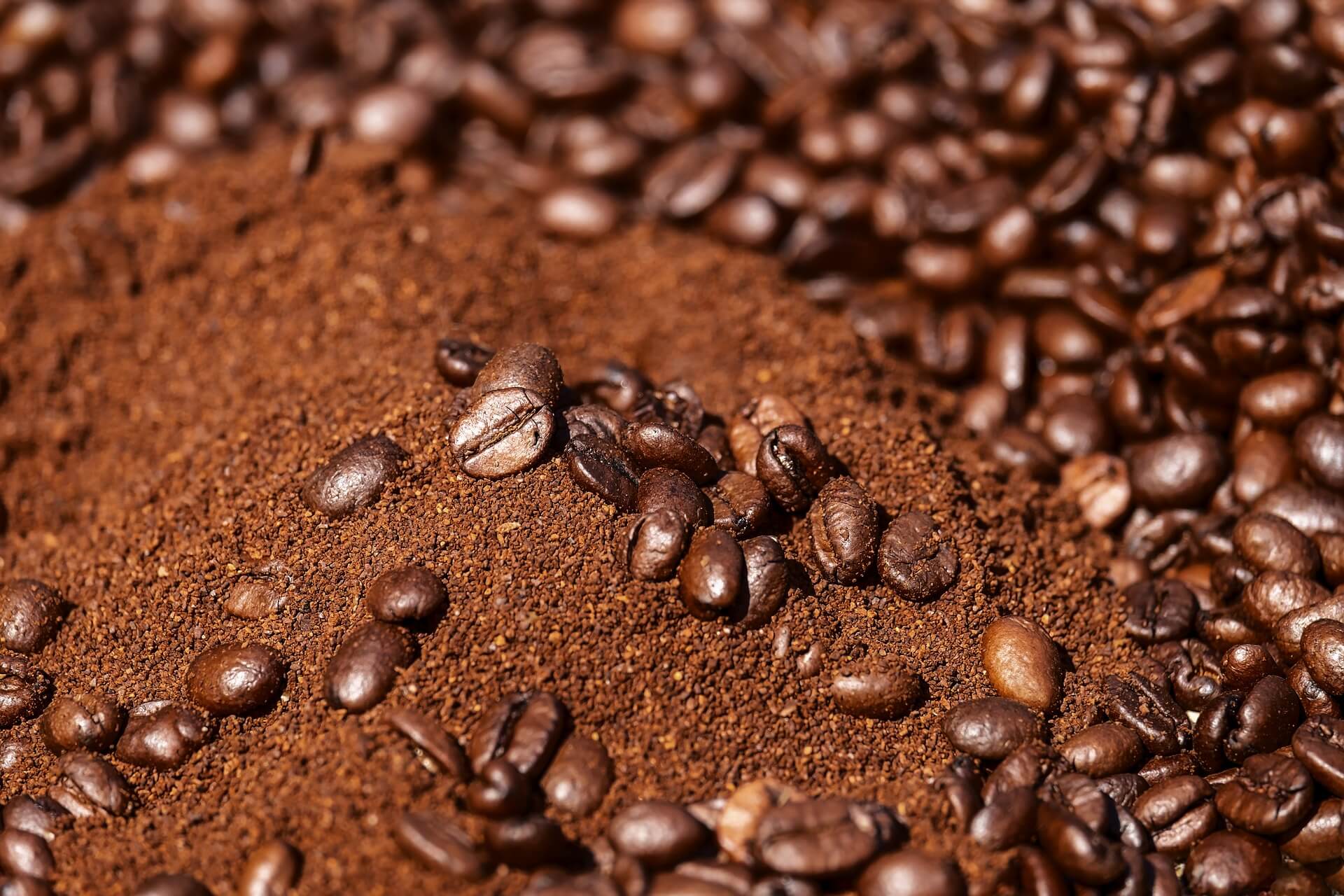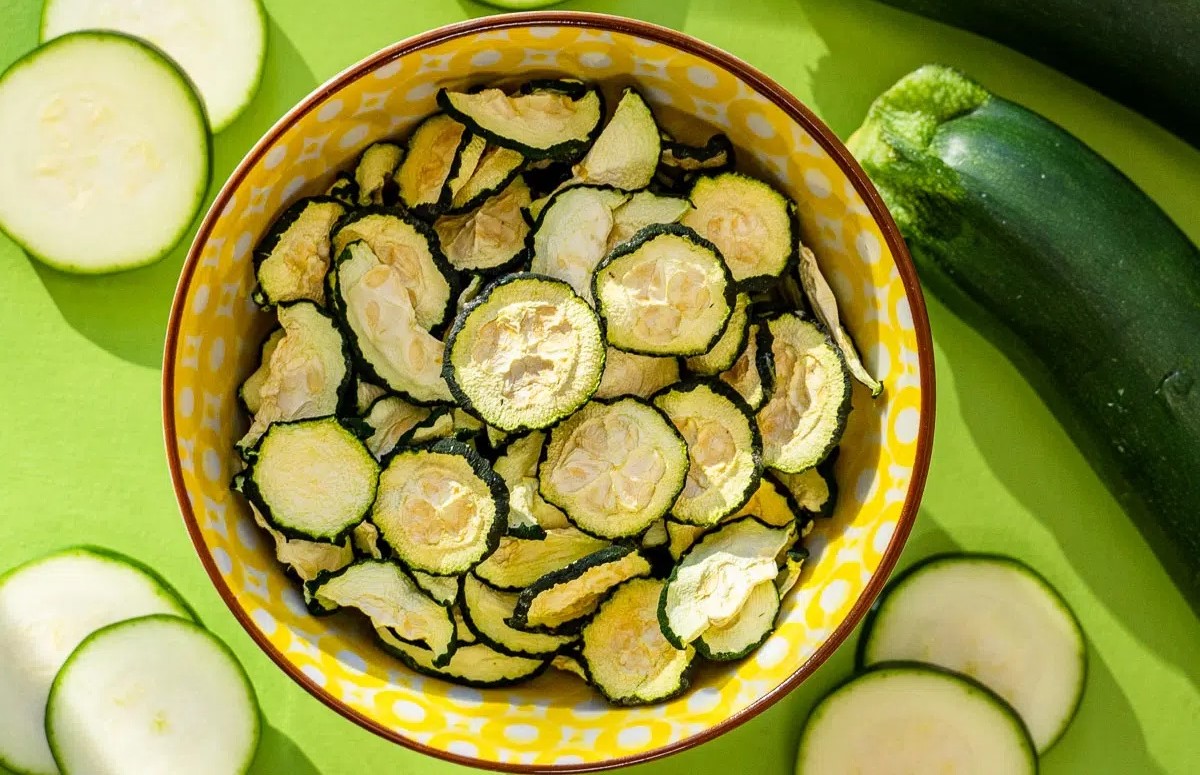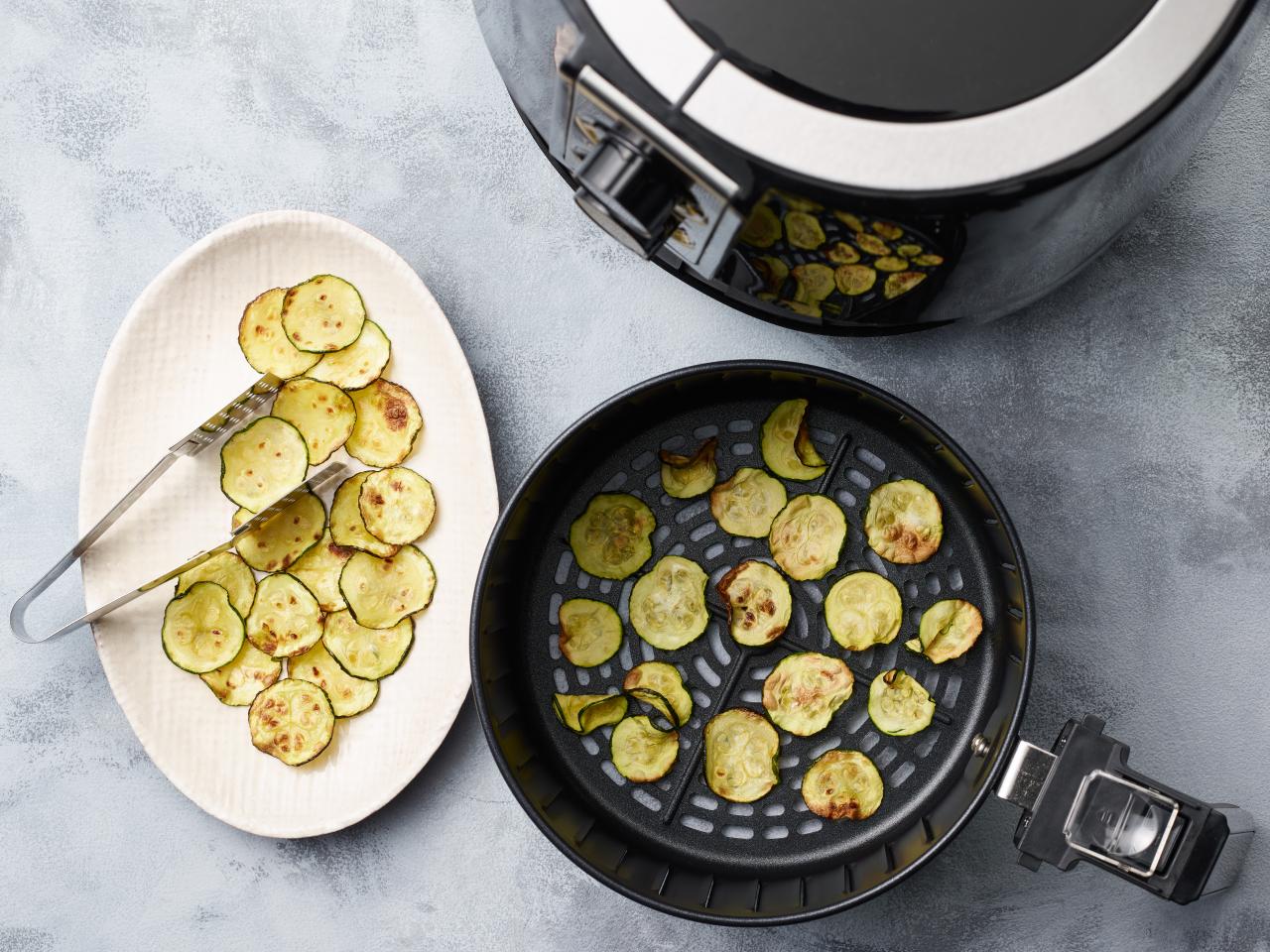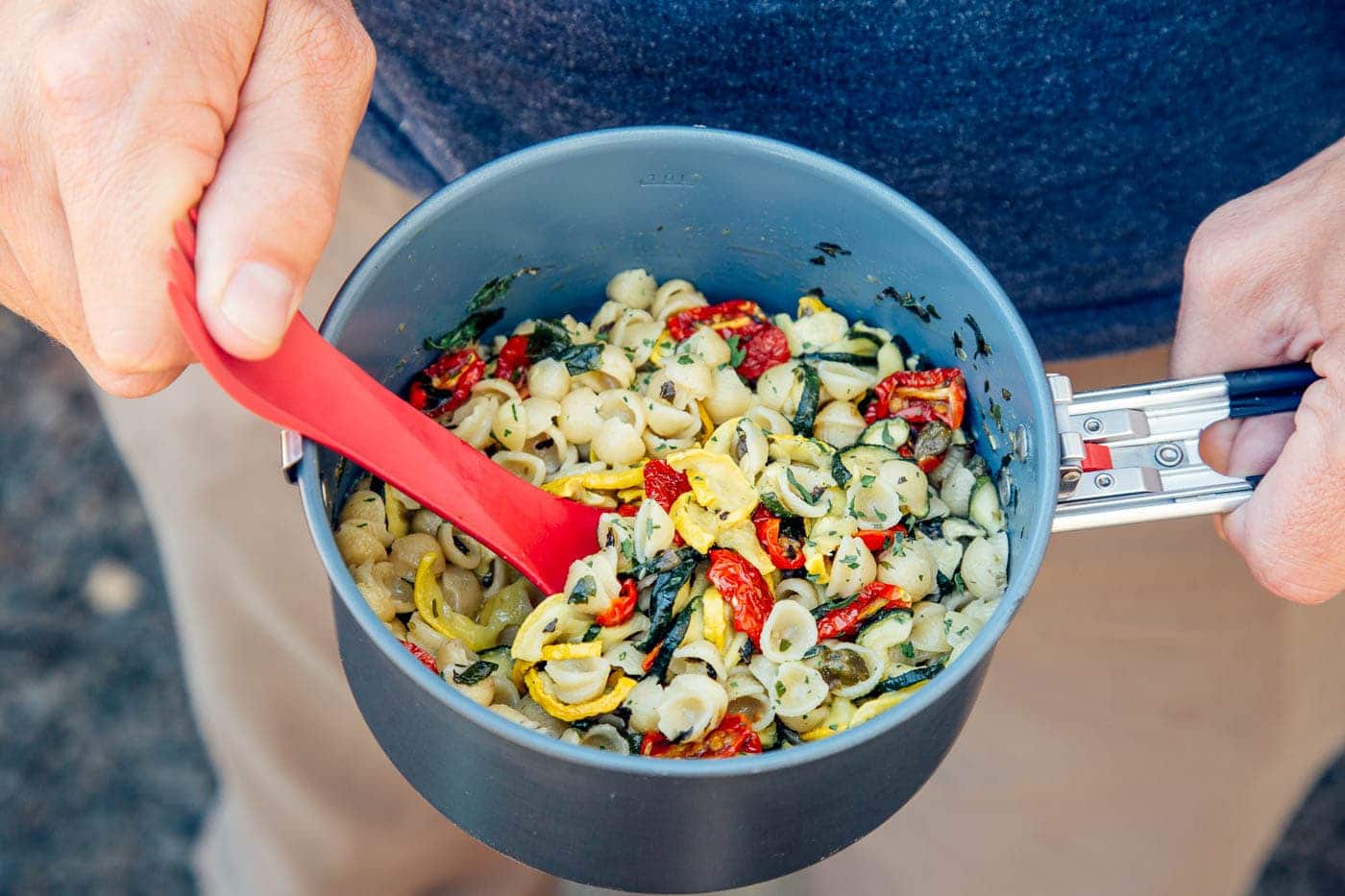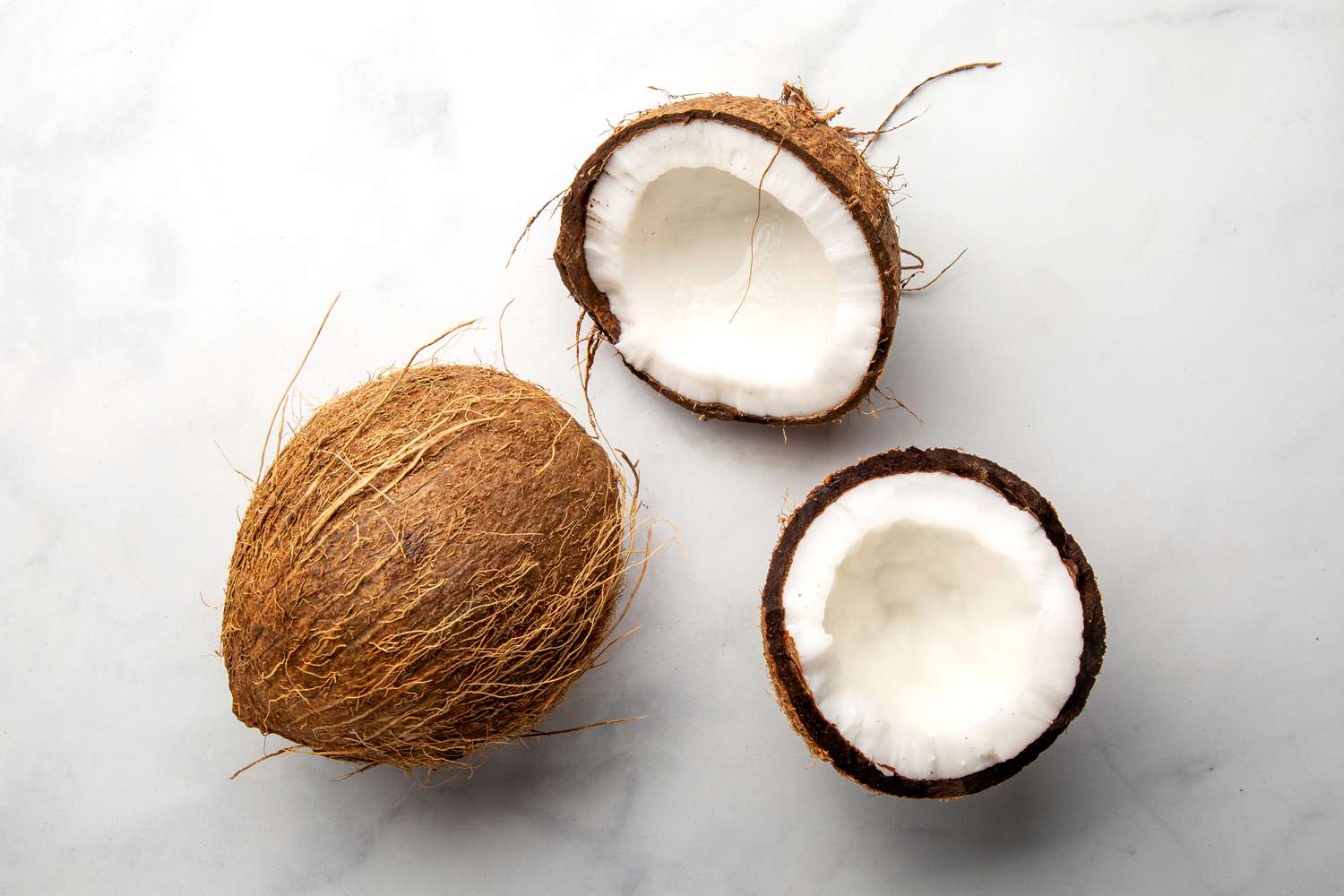Dehydrating Bread: A Simple Guide
Dehydrating bread is a great way to preserve it for future use. Whether you want to make homemade croutons, bread crumbs, or simply extend the shelf life of your bread, dehydrating is a convenient method that allows you to enjoy your favorite bread for a longer period of time. In this guide, we’ll walk you through the process of dehydrating bread step by step.
What You’ll Need
Before you begin, gather the following supplies:
- Fresh bread
- Sharp knife or bread slicer
- Dehydrator or oven
- Baking sheet (if using an oven)
- Airtight containers for storage
Step 1: Slice the Bread
Start by slicing the bread into uniform pieces. A sharp knife or a bread slicer will help you achieve consistent thickness, which is important for even drying.
Step 2: Arrange the Slices
Place the bread slices in a single layer on the dehydrator trays or a baking sheet if you’re using an oven. Make sure to leave some space between the slices to allow for proper air circulation.
Step 3: Dehydrate the Bread
If you’re using a dehydrator, set it to the recommended temperature for drying bread (typically around 135°F) and let the slices dry for 6-8 hours. If you’re using an oven, preheat it to the lowest temperature, place the baking sheet inside, and prop the oven door open slightly to allow moisture to escape. Check the bread every hour or so until it reaches the desired level of dryness.
Step 4: Test for Dryness
To check if the bread is adequately dehydrated, remove a slice from the dehydrator or oven and allow it to cool to room temperature. The slice should be crisp and hard to the touch, indicating that it’s fully dehydrated. If it still feels soft or pliable, continue drying the slices and test again after some time.
Step 5: Cool and Store
Once the bread slices are fully dehydrated, allow them to cool completely before transferring them to airtight containers for storage. Properly dried bread can be stored at room temperature for several weeks or even longer if kept in a cool, dark place.
Tips for Dehydrating Bread
- Choose dense bread varieties like whole wheat or rye for best results.
- Consider adding seasonings like garlic powder, herbs, or cheese before dehydrating for flavored bread chips.
- Rotate the trays or flip the bread slices halfway through the drying process for even results.
- Label your storage containers with the date of dehydration to keep track of freshness.
Now that you know how to dehydrate bread, you can enjoy the convenience of having homemade dried bread at your fingertips. Whether you’re whipping up a batch of crunchy croutons or need bread crumbs for a recipe, dehydrated bread is a versatile pantry staple that’s easy to make and even easier to use.
For those looking to make the most out of dehydrated bread, there are several recipes worth trying. Start with Classic Caesar Salad with Homemade Croutons to enjoy the crunch of freshly made croutons. Move on to French Onion Soup with Dehydrated Bread Topping for a rich and hearty meal that showcases the bread's texture. Herb-Seasoned Stuffing with Dehydrated Bread is perfect for a flavorful side dish, while Crispy Parmesan Crusted Chicken with Breadcrumbs offers a delightful combination of crispiness and savory flavor. For dessert, Classic Bread Pudding with Rehydrated Bread is a must-try, turning dehydrated bread into a comforting, sweet treat. Each of these recipes highlights the versatility of dehydrated bread, making it a valuable skill to master in the kitchen.
Was this page helpful?
Read Next: How To Dehydrate Starter In Dehydrator

